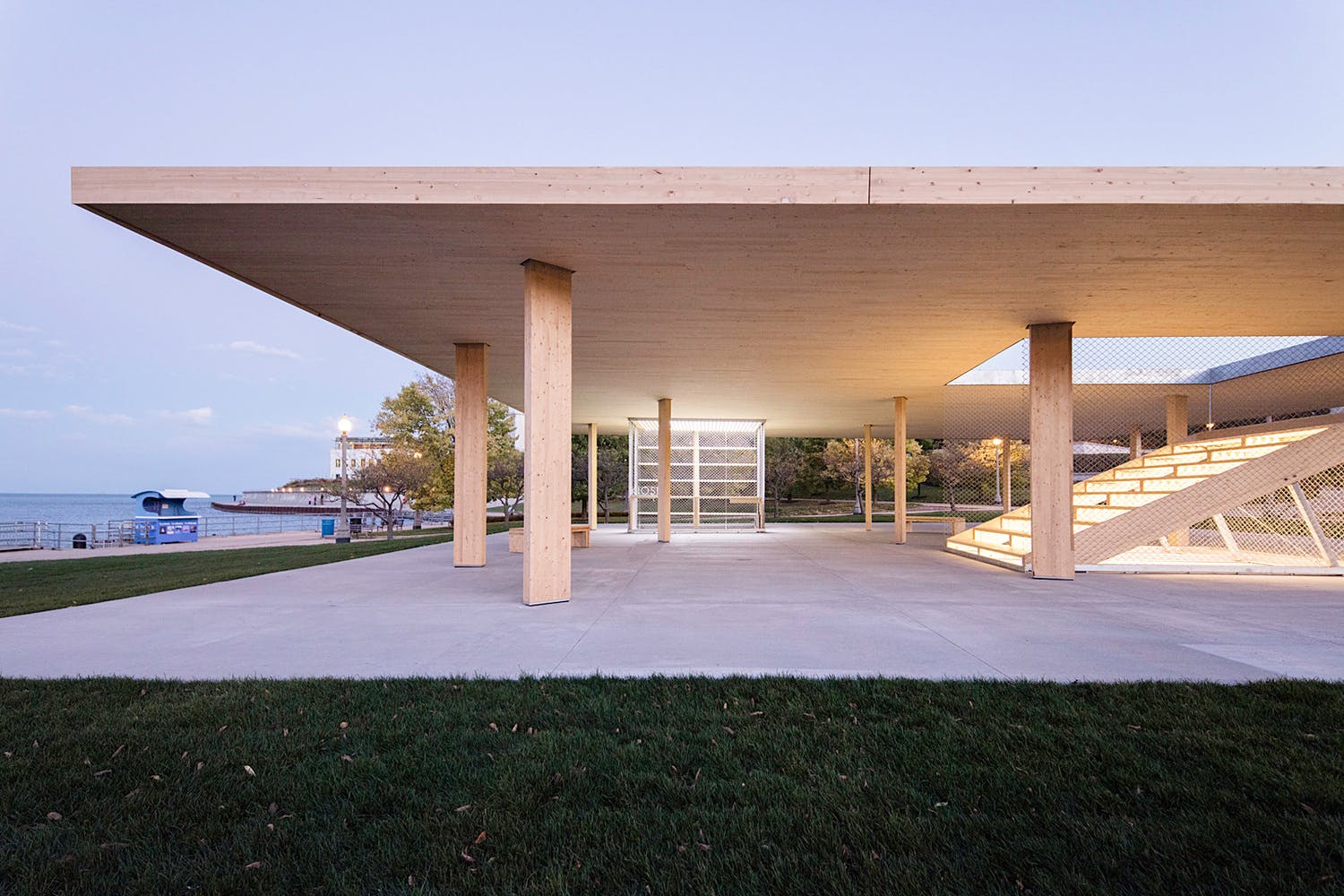There has been a democratization of architecture in recent years. Decisions that were once relegated to a few professionals are now made by the city’s inhabitants, and this is so for a very simple reason: cities must adapt to their citizen’s needs. People living in cities are gaining more and more consciousness of their own surroundings, leading them to begin to claim spaces for public use. For this reason, the main goal of Open House International for the last 26 years has been to build bridges between citizens and architecture, and to serve as a link between designers and design.
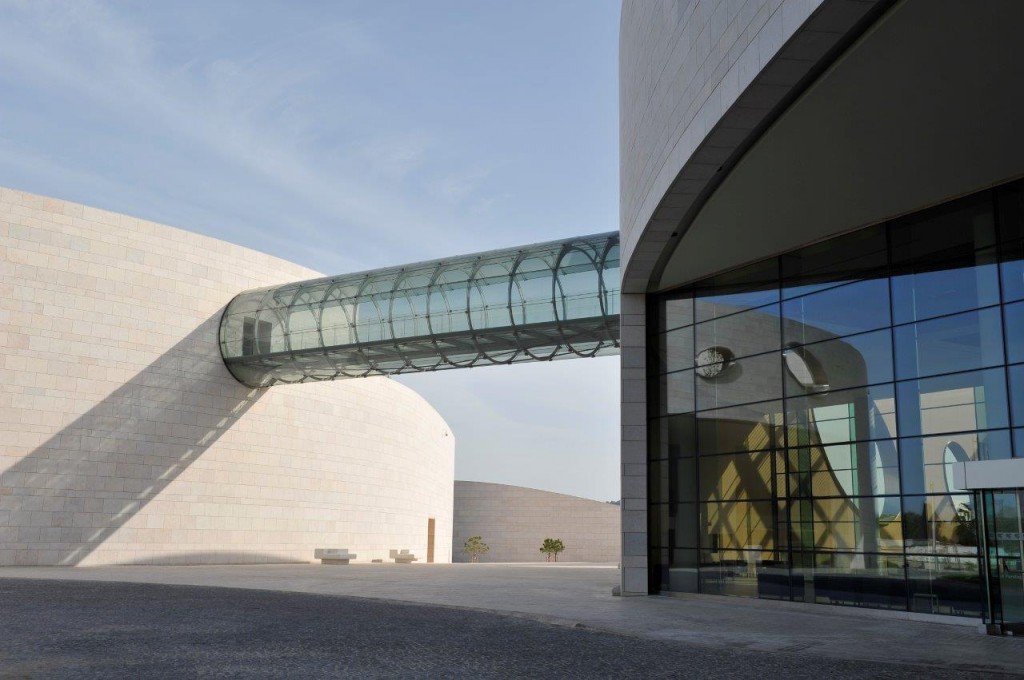 London, 1992. A new way of understanding architecture is underway, and is quickly spreading throughout the whole world. Thousands of people are eager to better understand the city in which they live, and this is a need that Open House International tends to by organizing weekend events all over the globe: 48 hours to visit the most singular buildings in the city, completely free. This is an inclusive event for all those who want to visit the most emblematic places in the city -which are often closed to the general public- in order to get to know their own city a little better. According to Victoria Thornton -OBE, HonFRIBA (Open House Founder)-, “Well-designed buildings and public spaces are vital in creating and sustaining a vibrant and equitable city and Open House enables the wider community to become more knowledgeable, engage in dialogue and make informed judgements about their future city’s environment”. And that is exactly what Open House is all about.
London, 1992. A new way of understanding architecture is underway, and is quickly spreading throughout the whole world. Thousands of people are eager to better understand the city in which they live, and this is a need that Open House International tends to by organizing weekend events all over the globe: 48 hours to visit the most singular buildings in the city, completely free. This is an inclusive event for all those who want to visit the most emblematic places in the city -which are often closed to the general public- in order to get to know their own city a little better. According to Victoria Thornton -OBE, HonFRIBA (Open House Founder)-, “Well-designed buildings and public spaces are vital in creating and sustaining a vibrant and equitable city and Open House enables the wider community to become more knowledgeable, engage in dialogue and make informed judgements about their future city’s environment”. And that is exactly what Open House is all about.
Open House International is currently held in more than 40 cities throughout the world every year: Turin, Madrid, Rome, New York, Chicago, Mexico… Each event promotes, through a series of activities and conferences, the idea that a city should be conceived by its inhabitants. Guided historic tours, conferences about the present and future of public spaces… even talks on how art can motivate architectural design, are just some of the topics that are addressed during this event.
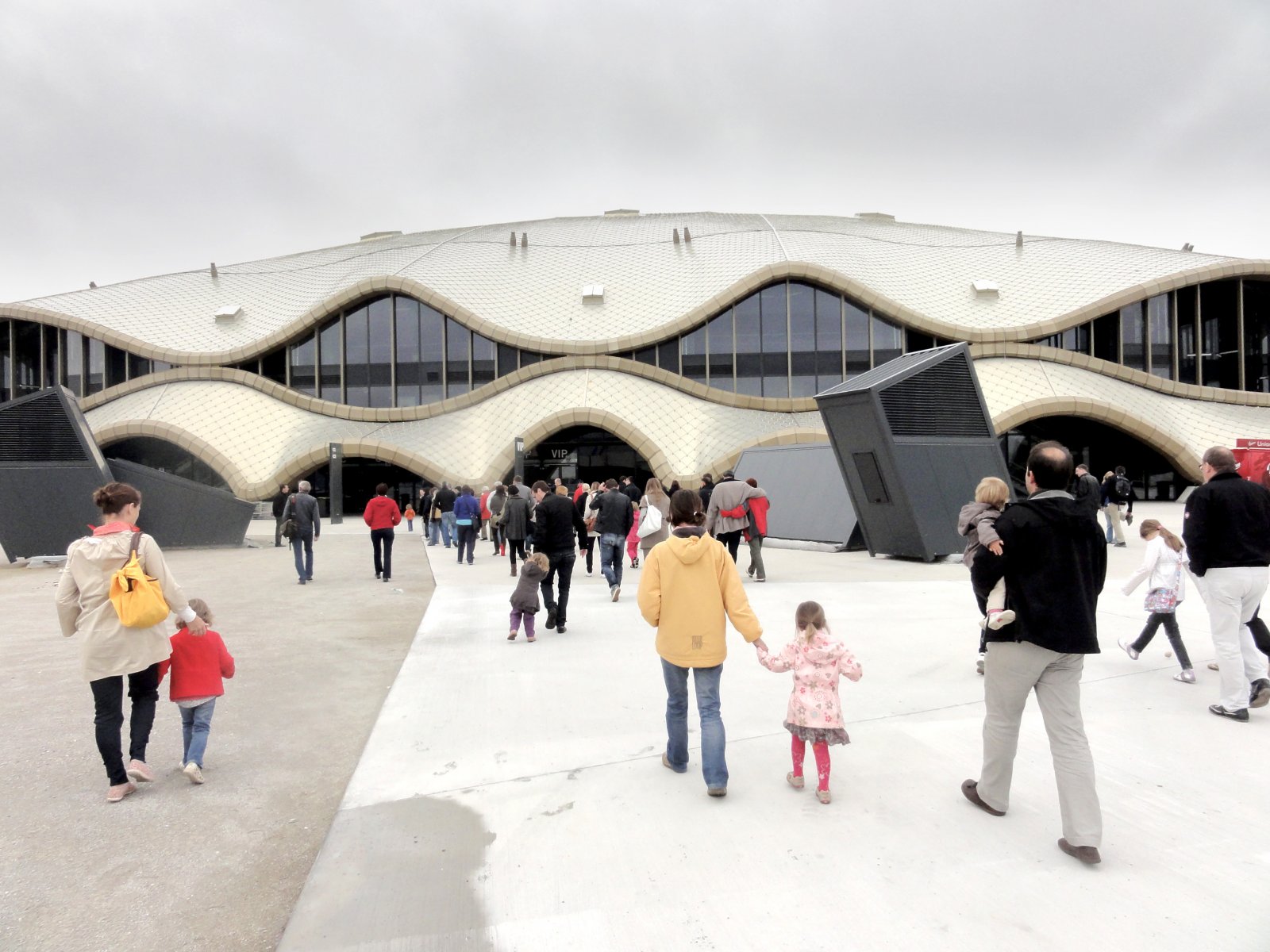 Although the majority of these events are held between September and October each year, some have been held already in neighbourhoods of cities all over the world in 2018. For instance, Open House Rome took place on the 12 and 13th of May. The capital of Italy has not only welcomed citizens from Rome, as well as the rest of Italy, but has also attracted people from around the globe who did not want miss the opportunity to visit the 150 sites that were open to visit, featuring both historical and contemporary architecture. The Historical Centre, the Parioli and Flaminio neighbourhoods and the Nomentano-Pietralata area were some of the sites included in the program regarding the ancient architectural scene, whereas the EUR-Corviale district and Monteverde-Ostiense were showcased as the hot spot for markets, nightlife and, in general terms, contemporary architecture.
Although the majority of these events are held between September and October each year, some have been held already in neighbourhoods of cities all over the world in 2018. For instance, Open House Rome took place on the 12 and 13th of May. The capital of Italy has not only welcomed citizens from Rome, as well as the rest of Italy, but has also attracted people from around the globe who did not want miss the opportunity to visit the 150 sites that were open to visit, featuring both historical and contemporary architecture. The Historical Centre, the Parioli and Flaminio neighbourhoods and the Nomentano-Pietralata area were some of the sites included in the program regarding the ancient architectural scene, whereas the EUR-Corviale district and Monteverde-Ostiense were showcased as the hot spot for markets, nightlife and, in general terms, contemporary architecture.
Helsinki, which is one of the international capitals of design, has recently hosted the Open House Helsinki. This year, from May 18th to the 20th, thousands of people took to the streets of the Finnish capital, well-known for its remarkable architecture and urban planning.
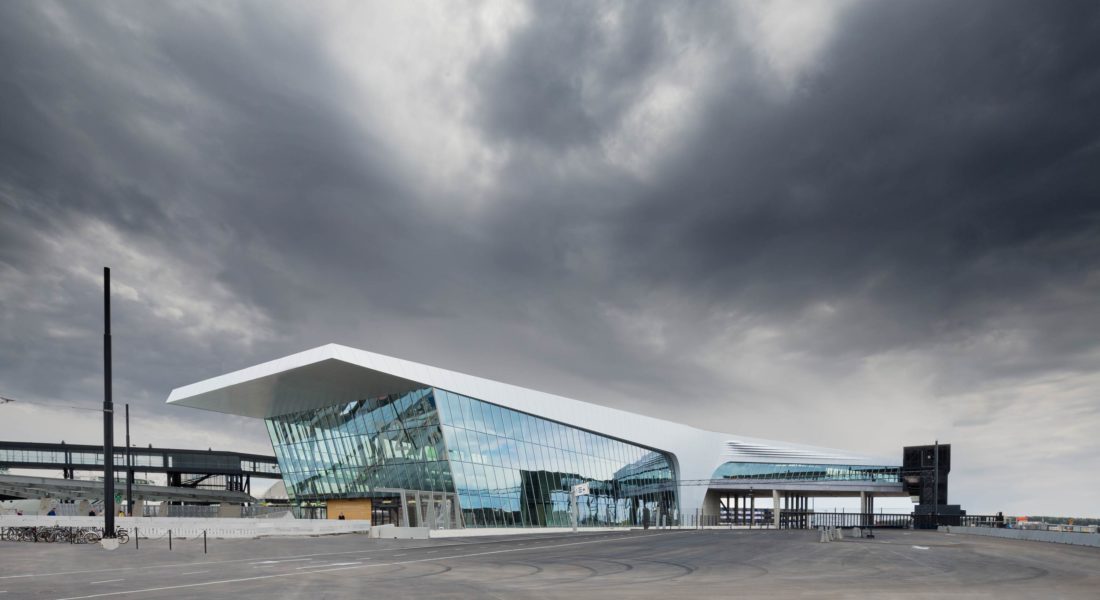 For this reason, the event has special importance in this city, as the relationship between education and design is stronger here than in any other place. Open House Helsinki is organised each year in cooperation with the Finnish Association of Architects (SAFA) and the Helsinki Design Week, and this year, it celebrated its 26th anniversary.
For this reason, the event has special importance in this city, as the relationship between education and design is stronger here than in any other place. Open House Helsinki is organised each year in cooperation with the Finnish Association of Architects (SAFA) and the Helsinki Design Week, and this year, it celebrated its 26th anniversary.
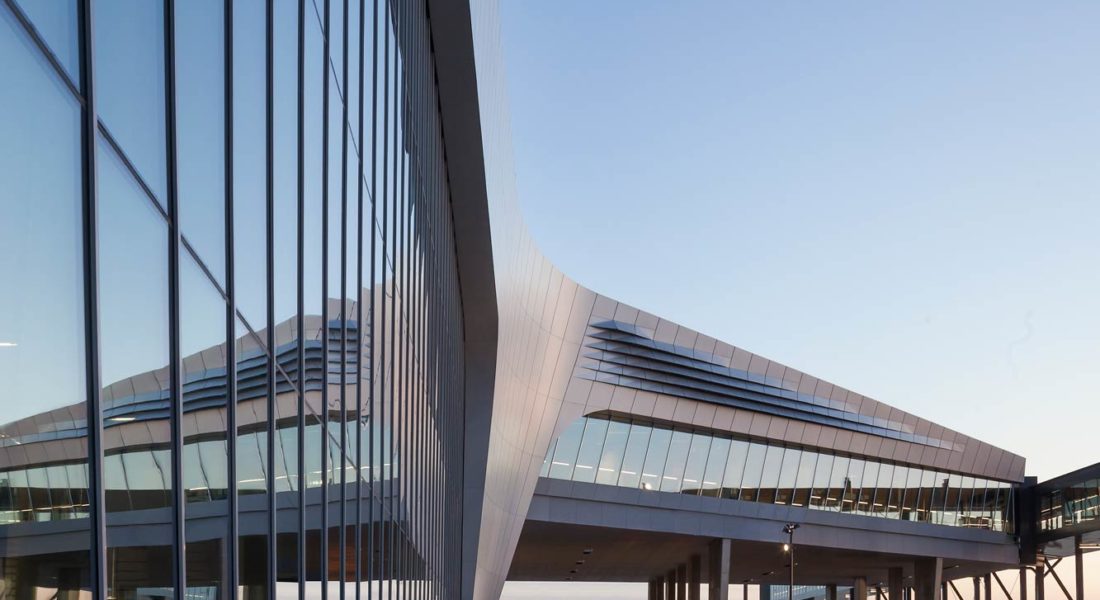 London, the city where the first ever Open House event was held, is well worth mentioning: Open House London will be celebrating its 26th anniversary this year, during the last weekend of September. This edition will not only showcase the architectural heterogeneity of London’s neighbourhoods, but will also celebrate the worldwide success of a very ground breaking – as well as essential – initiative: underlining the importance of the relationship between citizens and their cities. So those who have always wanted to know how the Gherkin looks like from the inside, or have wanted to cycle along the banks of the river Thames’ and discover its most hidden and secret places, visiting Open House London 2018 is a must.
London, the city where the first ever Open House event was held, is well worth mentioning: Open House London will be celebrating its 26th anniversary this year, during the last weekend of September. This edition will not only showcase the architectural heterogeneity of London’s neighbourhoods, but will also celebrate the worldwide success of a very ground breaking – as well as essential – initiative: underlining the importance of the relationship between citizens and their cities. So those who have always wanted to know how the Gherkin looks like from the inside, or have wanted to cycle along the banks of the river Thames’ and discover its most hidden and secret places, visiting Open House London 2018 is a must.
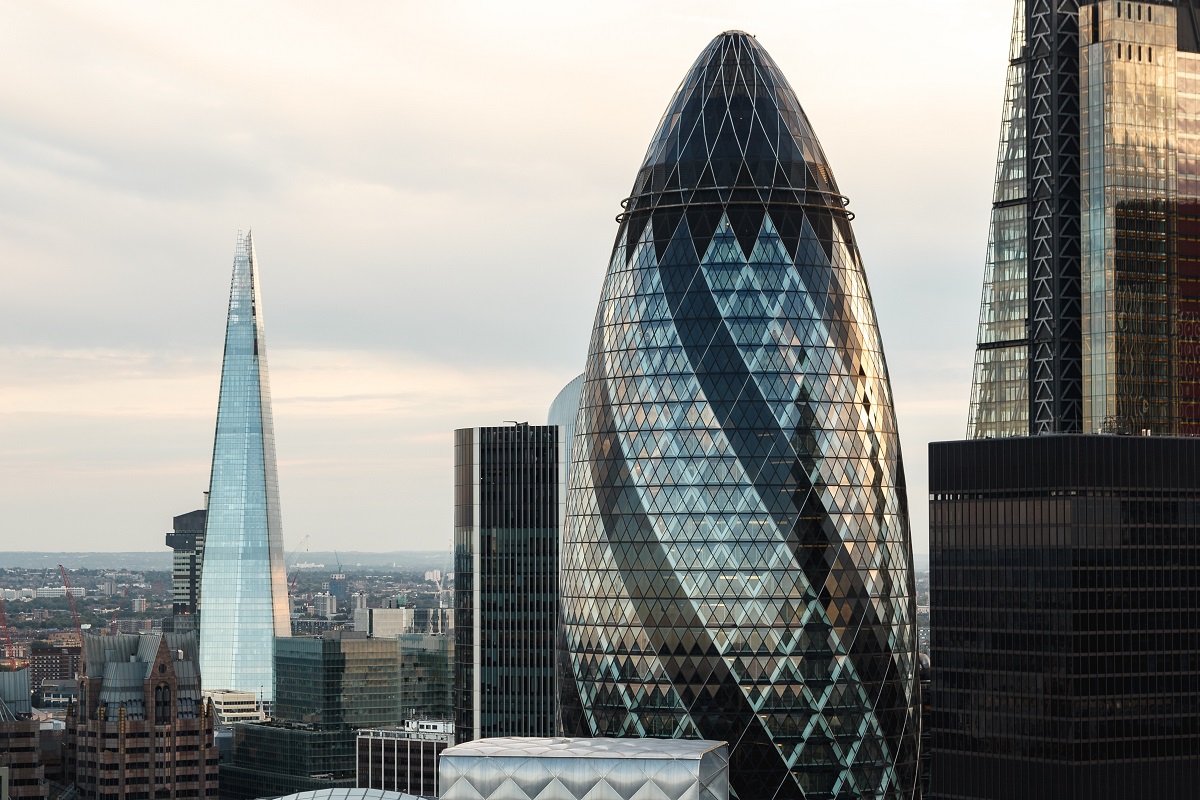 More and more people are beginning to realize that our cities are like great living organisms and that we play an essential part in their configuration and development. As a whole, people’s interest in their built environment has risen steadily in recent years and, thanks to events such as Open House International, their concerns and interests can be shared and pursued.
More and more people are beginning to realize that our cities are like great living organisms and that we play an essential part in their configuration and development. As a whole, people’s interest in their built environment has risen steadily in recent years and, thanks to events such as Open House International, their concerns and interests can be shared and pursued.

